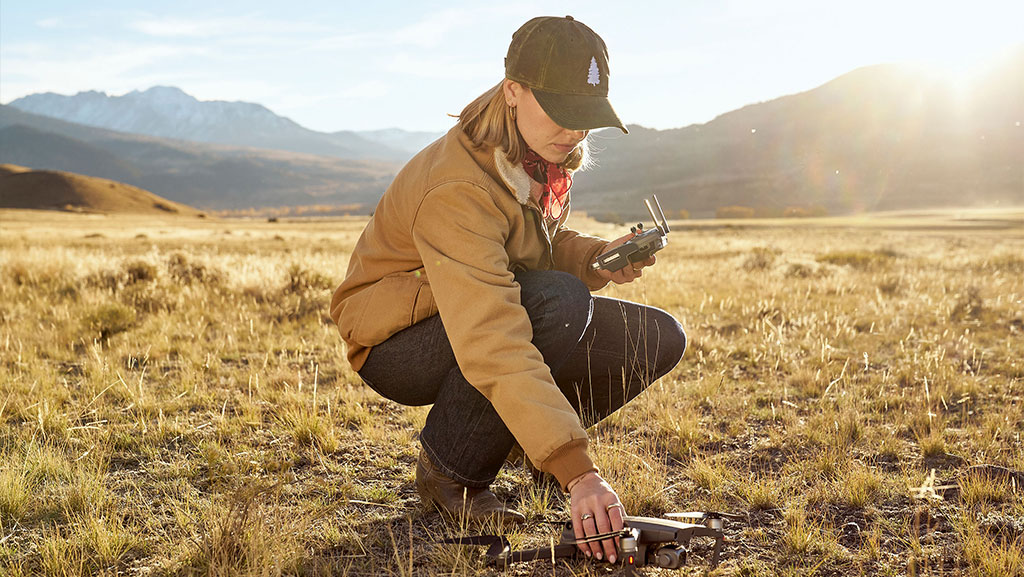
Our forests are going up in flames. Nearly nine million acres burned in 2024, with wildfires already raging in the new year. Unfortunately, this is representative of a broader trend, with an area larger than the state of Nevada burning over the past decade.
The Good News: There is broad agreement that increasing active forest restoration efforts, such as mechanical thinning and prescribed burning, will improve ecosystem health and reduce the risk of catastrophic wildfires.
The Bad News: Red tape, litigation, and capacity challenges make it difficult to conduct this work on the ground.
Congress is taking notice and is actively working to advance proposals to make it easier to do forest restoration projects. In the first month of the 119th Congress—and the first week of the Trump administration—the House of Representatives has already passed the Fix Our Forests Act (H.R. 471) with a strong bipartisan vote of 279–141. In a time of intense partisanship and legislative gridlock, it’s really good news to see policymakers coming together and prioritizing needed changes to help solve the wildfire crisis. The bill also passed the House last Congress.
So what’s in the Fix Our Forests Act?
In short, the Fix Our Forests Act does a lot. It’s a package that includes pieces ranging from establishing fireshed management areas and improving the supply of seeds and saplings for revegetation efforts after a wildfire, to directing studies on existing U.S. Forest Service policies. However, there are a few pieces that are worth being really excited about:
Cottonwood Fix
- Fixes the Ninth Circuit’s disastrous Cottonwood decision so that consultations over endangered species only have to happen for forest restoration projects with on-the-ground impacts, rather than the current standard of duplicative consultation at the forest plan and forest project level
- This change will save an estimated 100 forest plans from having to go through the duplicative process, which will free up years and millions of dollars that the Forest Service can spend actually implementing restoration projects.
Litigation Reform
- Improves injunction standards by fixing the Ninth Circuit’s lenient injunction standard and aligning it with the rest of the United States so plaintiffs have to show they are likely to succeed on the merits of the case
- Requires legal challenges to be brought quickly, which will promote the expedient filing and resolution of conflicts
Expand Categorical Exclusion Acreage
- Expands many categorical exclusions from 3,000 acres up to 10,000 acres
- Expands emergency authorizations for forest management under the Infrastructure Investment and Jobs Act from 3,000 acres up to 10,000 acres
- These changes will allow more projects to move quickly through the environmental review process.
Extends Stewardship Contracting
- Codifies the ability to enter into 20-year stewardship contracts, which is an increase from the current 10-year standard
- This will help more private partners, including the timber industry, to engage in forest restoration projects because they will have a longer-term commitment from federal land managers.
Good Neighbor Authority
- Recognizes the value of Good Neighbor Authority to bring in states, counties, and tribes to do forest restoration work on federal lands, while also making improvements and extensions so that the program continues to work well for partners
Where do we go from here?
While the Fix Our Forest Act has passed the House, it still needs to pass the Senate and be signed into law by the president. PERC is ready and engaged to help get these important tools across the finish line!



